Original Fettuccine Alfredo Tasted Way Different And Here’s Why
Think Alfredo pasta and the mind conjures up a creamy, cheesy luxury of a sauce coating every stretch of long fettuccine, and better yet, there’s always a bit of sauce left in the bowl to sop up with some bread. Yet, original fettuccine Alfredo is far from the creamy staple of every Italian-American restaurant out there. The original versions look and taste quite different.
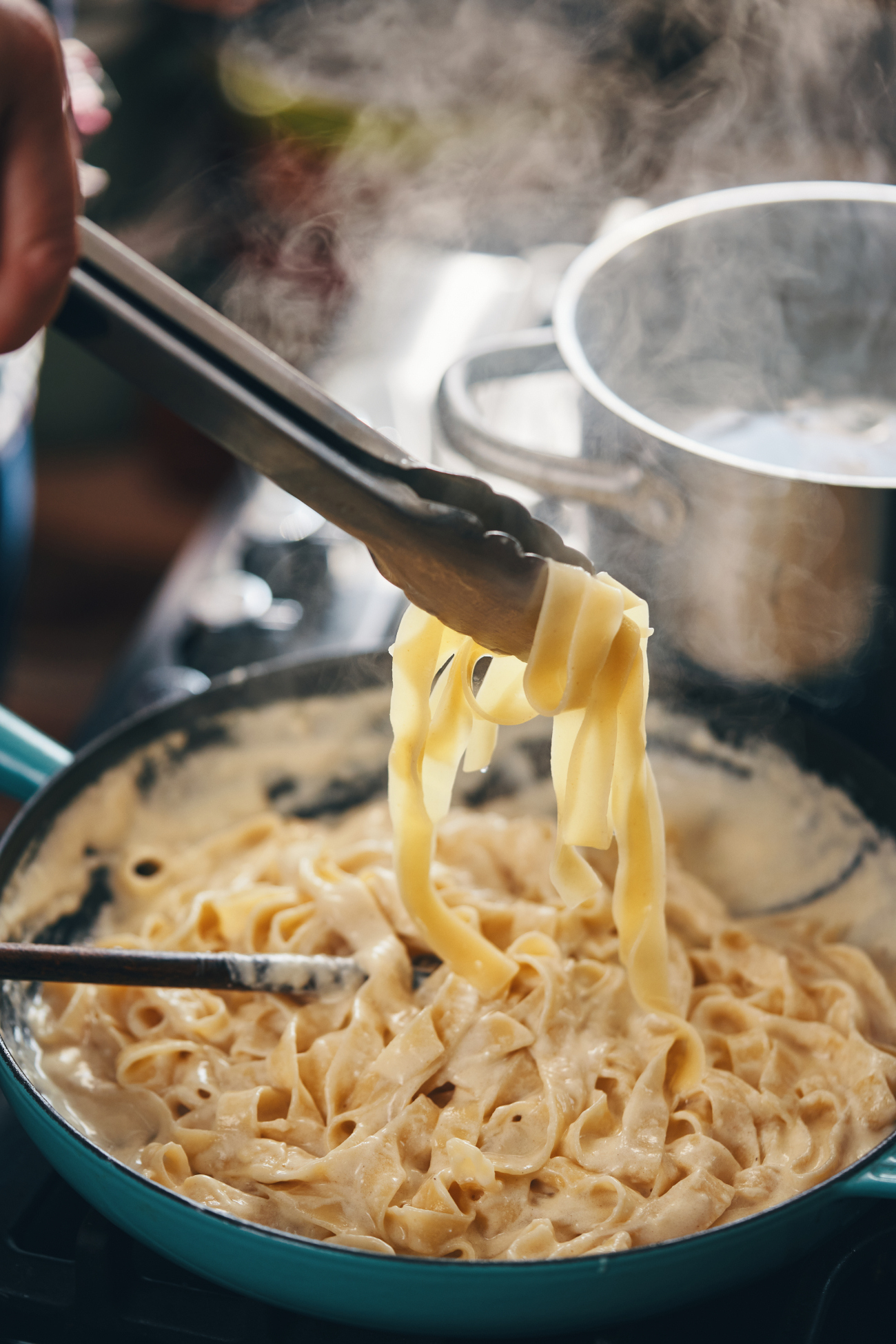
American fettuccine Alfredo is essentially a creamy white sauce comprised of cream, butter, and parmigiano-reggiano cheese. Some places garnish with parsley, and others top it with slices of chicken breast or shrimp, but if you venture to fettuccine Alfredo’s birthplace of Rome, you’ll have a hard time seeing it on any menu except for two restaurants (Il Vero Alfredo and Alfredo alla Scrofa).
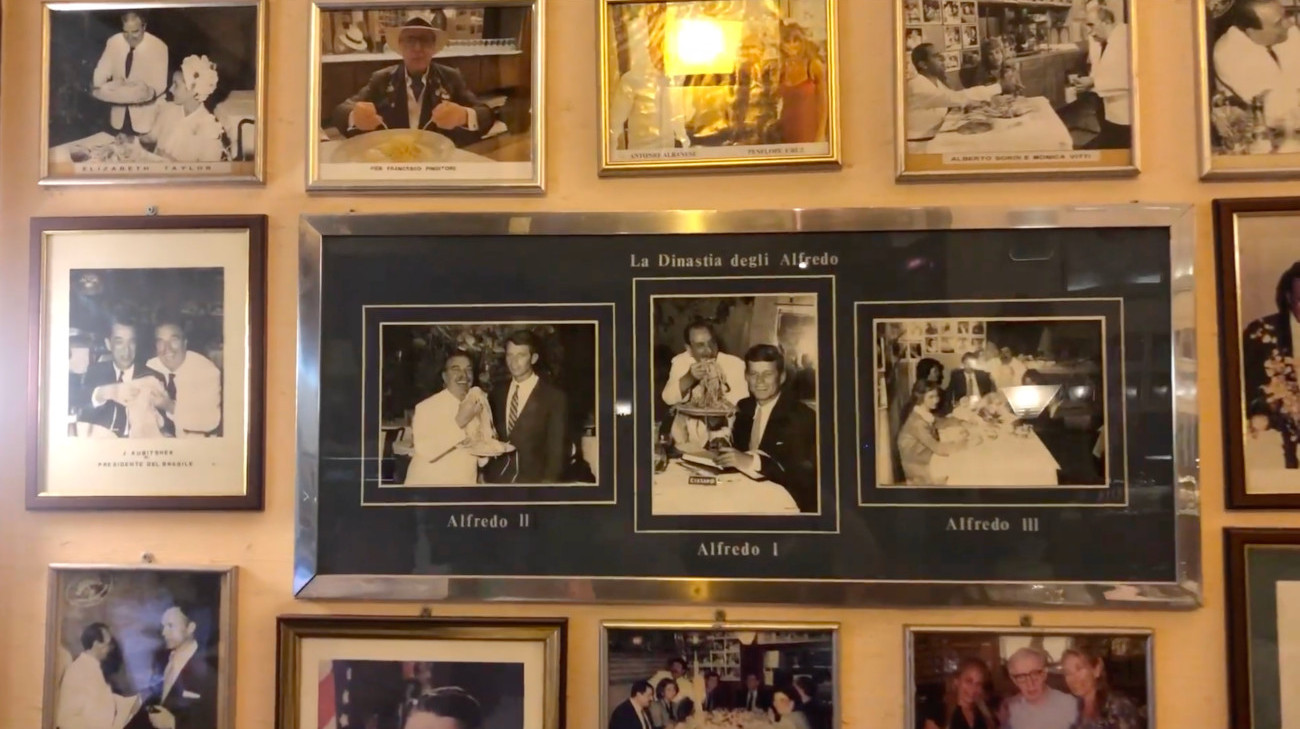
The original Italian version of fettuccine Alfredo is closer to Italy’s cacio e pepe. It is simple for a reason.
The origin story dates back to 1908. At the time, restaurateur Alfredo Di Lelio concocted a pasta dish with a simple ratio of butter, parmesan cheese, salt, and black pepper. For him, creating this dish was a personal achievement, as he needed something palatable to his wife. After she had given birth to their son, his wife had completely lost her appetite. Di Lelio was determined to make something to ignite her hunger. Egg yolk-rich pasta, triple cream churned butter, and parmigiano-reggiano from soft and sweet center core created a trinity of ingredients that resurrected his wife’s appetite. With success in hand, Di Lelio tentatively added this pasta to his menu, and it became popular with many patrons, even if it was glorified butter and noodles.

A lot of Italian cuisine came over with the immigrants that settled in the early 20th century, but this pasta (if the folklore is true), got its American stardom in Hollywood. Of Di Lelio’s many patrons were Hollywood newlyweds Marie Pickford and Douglas Fairbanks who, like many wealthy Americans, vacationed abroad to enjoy alcohol which was banned in the States under Prohibition. Once in the city, they fell in love with Rome again, not with each other, but with this new but simple Alfredo pasta dish.
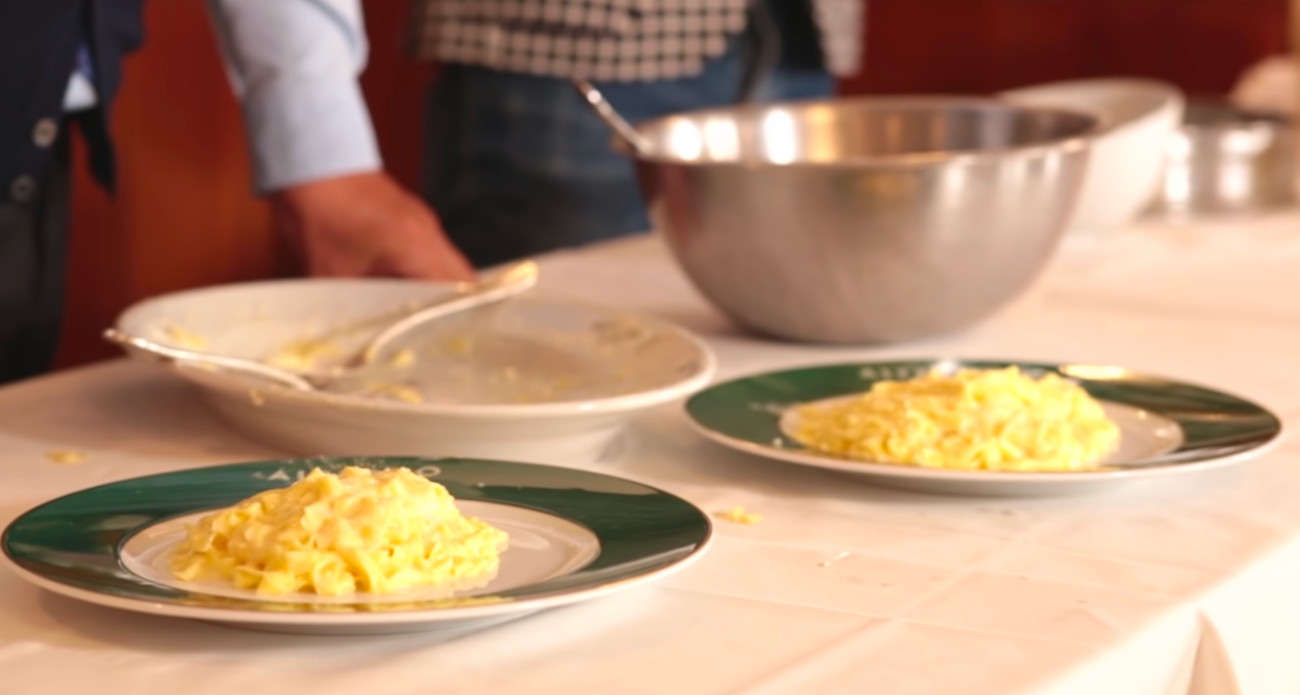
After returning to the U.S., the couple spread the word about this creamy and dreamy pasta delight. The buzz that resulted drove many other A-list celebrities to travel to Italy to get a real taste of this unknown fettuccine Alfredo. Yet, when people tried to recreate fettuccine Alfredo in the U.S. restaurant scene, it didn’t taste right.
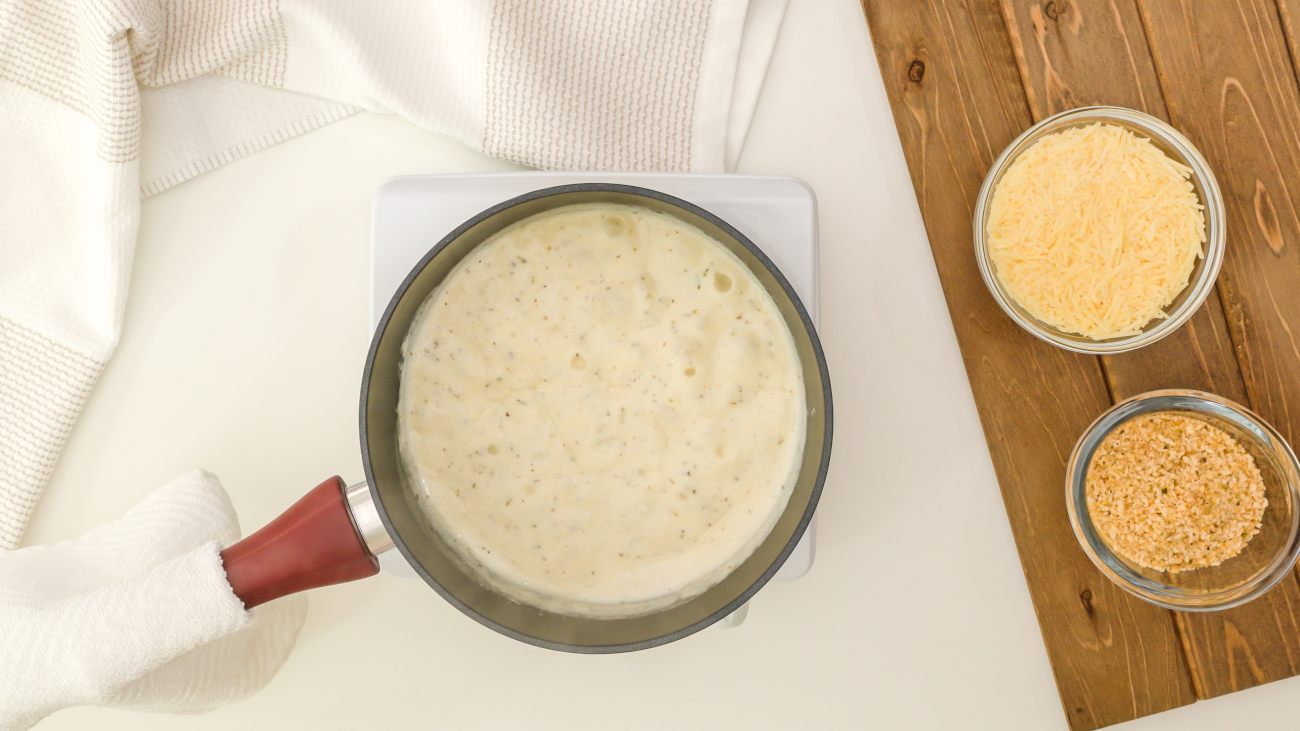
The problem lay with the dairy. Each country has different standards for pasteurization, processing, and filtering dairy products, resulting in different flavors, textures, and tastes. Dairy products in Italy have a residual level of sweetness and, for the most part, have a brighter color (similar to the bright yellow of Irish butter). But the biggest difference in butter is a game of numbers. European butter is churned longer and has an 82 percent fat ratio. This differs from the USDA, which requires butter to have only 80 percent butterfat, resulting in a milder, neutral flavor, creating a weak taste. Two percent may not seem like a lot, but when the ingredient list is so short, every gram and every percentage counts.
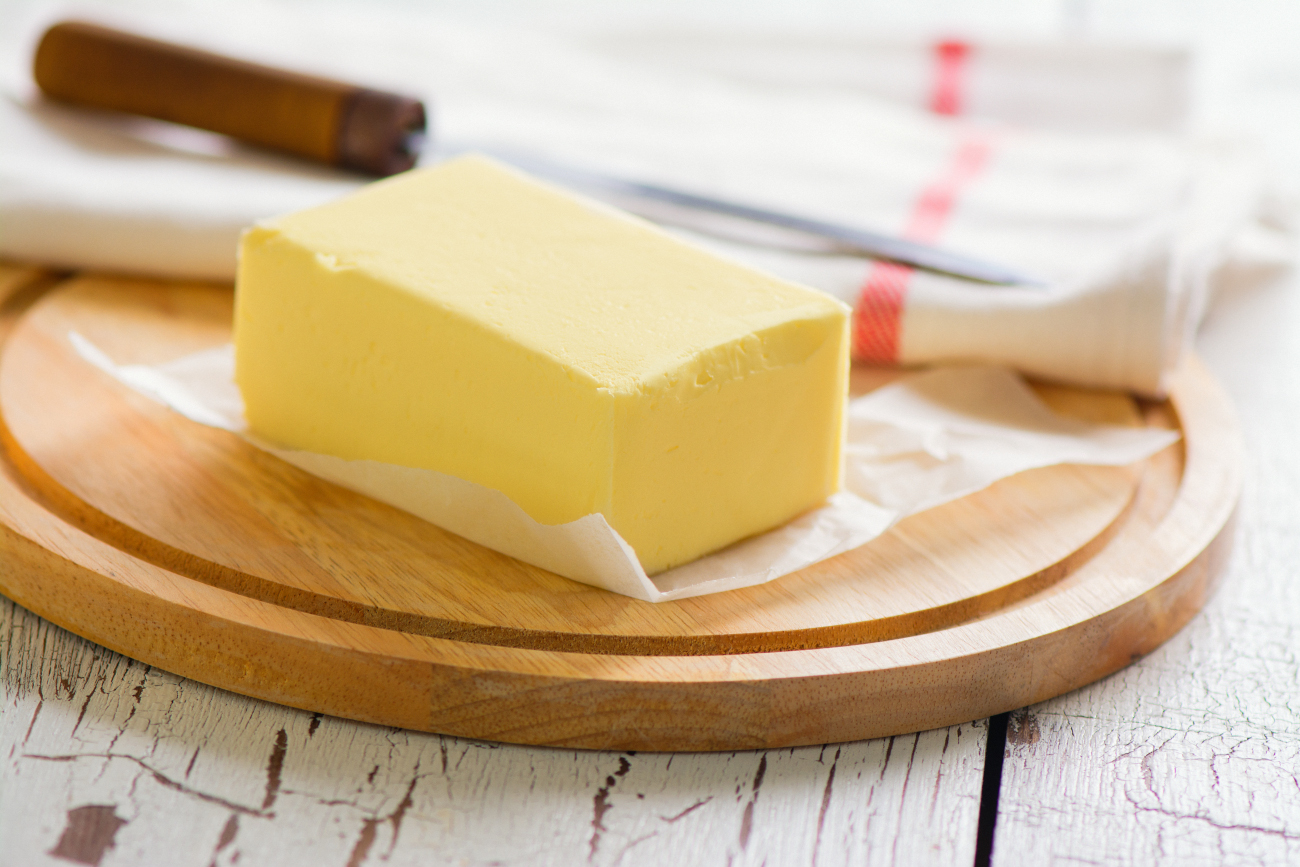
So when it came to recreating fettuccine Alfredo, using just butter and cheese yielded a dish with a dry mouthfeel and an overly flat, boring taste. To get a creamier result, people turned to, well, cream. A hefty splash of heavy cream injected the pasta dish with a much-needed level of fat, and liquid, creating a velvety smooth and rich texture. Since the addition of heavy cream, the dish got a lot wetter and a lot denser in comparison to its Italian counterpart, but that didn’t seem to dampen its popularity in the States.
As the years went by and Alfredo sauce became a mainstay in the American home, heavy cream wasn’t enough. Nowadays Alfredo sauce is much heavier and (a lot of the time) thickened with flour (like a bechamel). Yet, if you want to go back to basics with this Roman pasta, you can get good results. While it’s hard to find really good cheese, you can find good quality butter in most major grocery stores. Opt to get a grass-fed butter from Europe or Ireland, as it will give the sauce more oomph without adding tons of extra ingredients.













